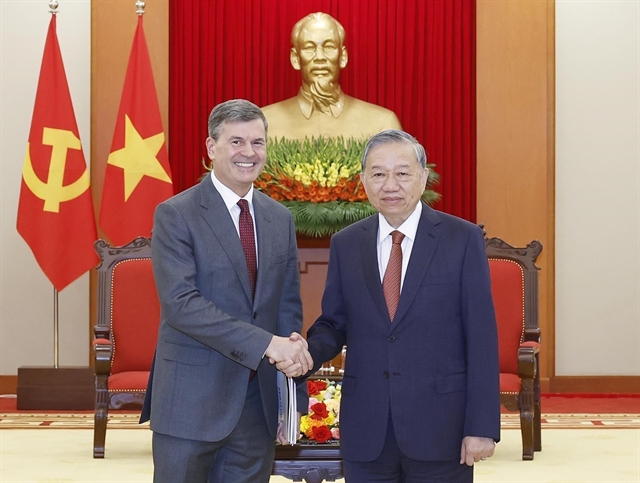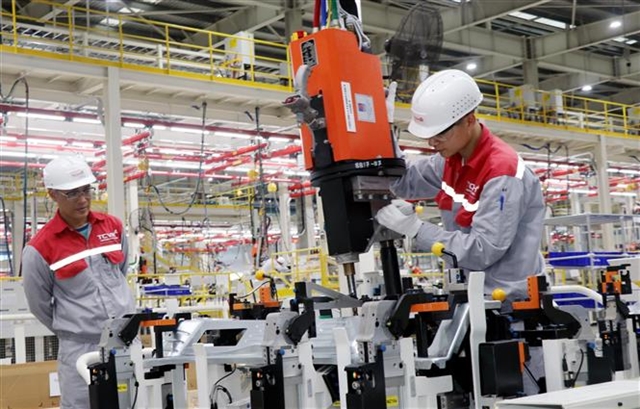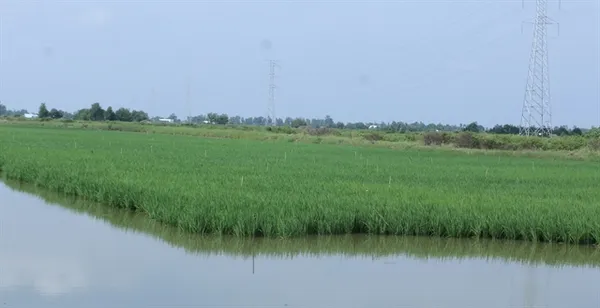 In the Spotlight
In the Spotlight
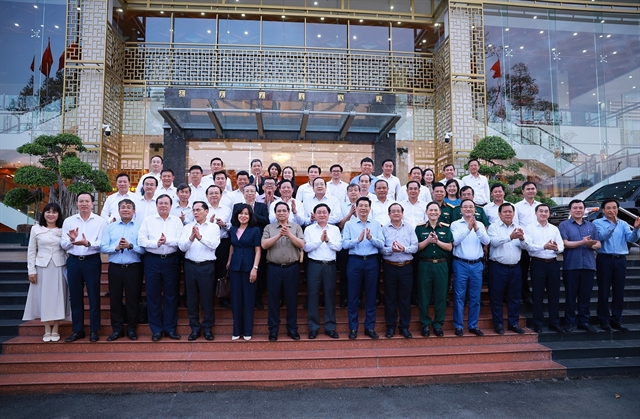
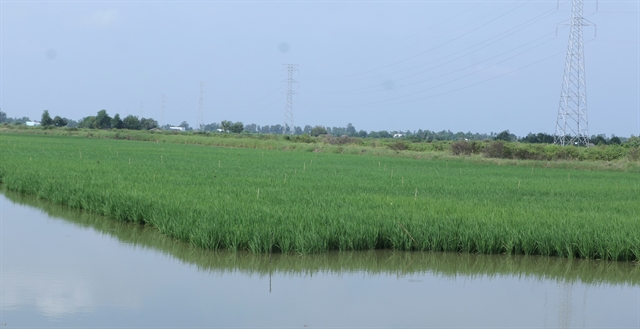 |
| Shrimp-rice fields in Bạc Liêu Province. — VNA/VNS Photo |
HCM CITY — Farmers in the Cửu Long (Mekong) Delta are increasingly adopting nature-based farming models since they are sustainable and better suited for adapting to climate change.
As Việt Nam’s largest rice-producing region, the delta has developed various nature-based farming practices, including shrimp-rice, fish-rice, shrimp-forest, and fish-forest systems.
Additionally, farmers rear aquatic species in flooded rice fields during the flood season.
These models align with Việt Nam’s goal of promoting ecological agriculture, part of its broader commitment to achieving net-zero emissions by 2050.
Shrimp-rice and fish-rice farming are practised in coastal areas where farmers rear shrimp and fish during the dry season, when saltwater enters fields, and grow rice in the rainy season on the same land.
Nguyễn Trung Hiếu, deputy director of Sóc Trăng Province's Department of Agriculture and Rural Development, said shrimp and rice are the province’s primary agricultural products, and the shrimp-rice farming model has been in practice since 2001.
“The model’s production efficiency surpasses that of mono-rice cultivation.”
Farmers have expanded the shrimp-rice area from 5,851ha in 2001 to 46,000ha now, he said.
Hiếu emphasised that the model is both sustainable and resilient to climate change.
The delta’s agricultural production has been significantly impacted by natural disasters and environmental factors, including climate change, in recent years. Consequently, the delta’s 12 provinces and Cần Thơ City are encouraging farmers in affected areas to transition into nature-based farming practices.
In Trà Vinh Province, farmers are practising rice-aquatic species farming over 5,600 ha and shrimp-forest farming over 5,750 ha, according to the province's Department of Agriculture and Rural Development.
Trần Trường Giang, the department’s director, said these models produce clean products and generate profits of VNĐ100-120 million (US$4,000-4,700) per hectare annually.
“These models are suitable for farmers who lack the financial resources to invest in high-tech shrimp farming.”
Trà Vinh aims to develop 2,500ha of organic rice-aquatic species farming by 2030 to improve farmers' production efficiency.
To support this, the department is collaborating with localities and agencies to train farmers and co-operatives in cultivation techniques and post-harvest standards, such as Vietnamese Good Agricultural Practices (VietGAP), HACCP, ISO, and other certifications.
These efforts also aim to assist farmers and co-operatives in building trademarks and branding for export, thereby increasing product value.
Farmers and co-operatives in the delta have partnered with companies to ensure stable product sales and pricing.
The delta’s provinces and its centrally governed Cần Thơ City are advancing shrimp-rice and other nature-based farming models to promote ecological agriculture, which have proven highly effective.
They are also introducing advanced farming techniques such as the “One Must and Five Reductions” method.
This approach mandates the use of certified seeds while reducing the use of seedlings, nitrogenous fertilisers, plant protection chemicals, irrigation, and post-harvest losses.
In Kiên Giang, the country’s largest rice-producing province, farmers using this method see rice purchased at VNĐ200 per kilogramme more than conventionally farmed rice.
The province currently has 107,000 ha under shrimp-rice farming and aims to expand this to 117,340 ha by 2030.
In Cà Mau Province, Việt Nam’s largest shrimp producer, Thới Bình District’s shrimp-rice farming area has been awarded the Best Aquaculture Practices certification by the Global Aquaculture Alliance. This marks the first time that a shrimp-rice farming area in Việt Nam has received this certification.
Cà Mau also has 80,000 ha of mangrove forests, of which 30,000 ha are also used for shrimp farming. Of the latter, 20,000 ha have received international certificates such as Naturland, EU Organic, ASC, and BAP.
High-quality rice
The provinces in the delta and Cần Thơ City are increasing the cultivation of high-quality rice varieties under the shrimp-rice model.
They include ST24 and ST25, recognised as two of the world’s best rice strains.
Farmers in Bạc Liêu are cultivating over 18,000 ha of the two varieties, or 40 per cent of the total shrimp-rice farming area.
Võ Văn Sơn, a farmer in Ninh Thạnh Lợi A Commune in Hồng Dân District, said: “This year’s rice cultivation has been favourable due to freshwater washing away salinity and alum from the fields.
“The rice has grown well, and we have had a bumper harvest. The selling prices of ST24 and ST25 rice are high, which has made us very happy.”
Hồng Dân District boasts the largest shrimp-rice farming area in Bạc Liêu of more than 24,000 ha. Its administration has allotted significant resources to assist farmers in expanding the cultivation of high-quality rice, particularly ST24 and ST25, for export.
Lý Văn Sól, Chairman of the Ninh Thuận Lợi A Commune Farmers Association, said: “ST24 and ST25 are well-suited to our soil conditions. In addition to expanding cultivation areas, local authorities are focused on providing farmers with advanced techniques to increase profitability.”
For nearly five years, the Bạc Liêu People’s Committee has promoted shrimp-rice farming as an environmentally friendly practice that yields high-quality products with high market value.
The delta is implementing a Ministry of Agriculture and Rural Development project to develop one million hectares of high-quality, low-emission rice cultivation by 2030.
Under this project, participating farmers grow rice varieties using environmentally friendly methods to reduce greenhouse gas emissions, produce clean rice, and enhance its value. — VNS

